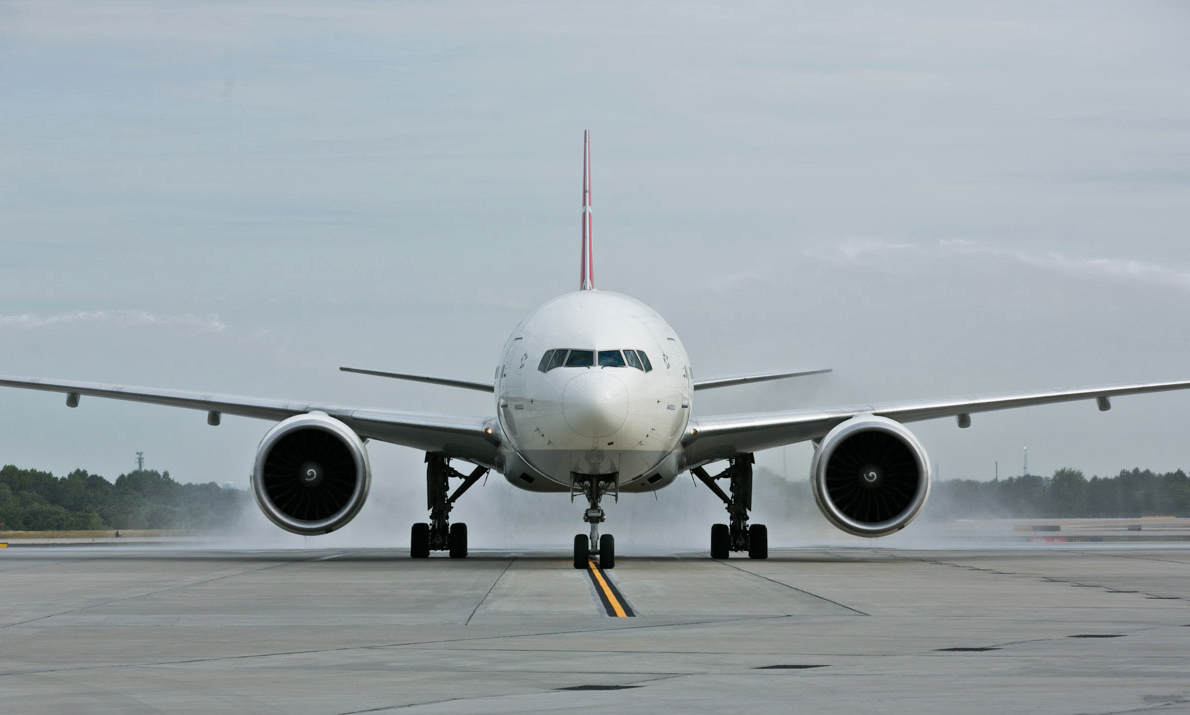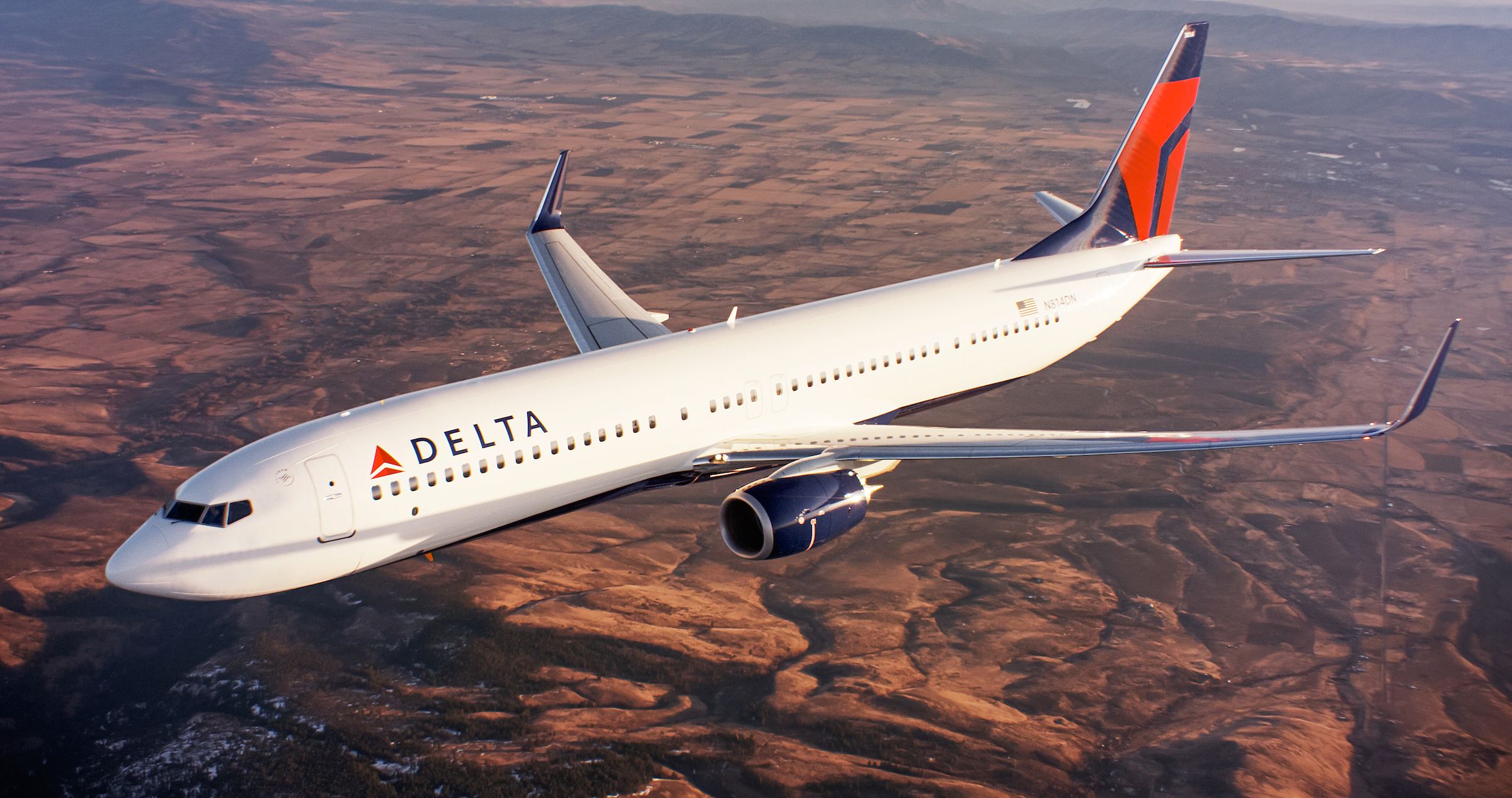In what's described as a "seminal moment" in the ongoing development and distribution of sustainable aviation fuel (SAF), Colonial Pipeline and Buckeye Partners, the biggest pipeline owners in the US will transport SAF to the east coast airports for the first time. The network will initially deliver the environmentally friendly fuel to New York's LaGuardia Airport where Delta Air Lines is first in the queue to use it.
Partnership to supply New York's LaGuardia Airport with SAF
The project is a partnership between SAF producer Neste, Colonial Pipeline, Buckeye Partners, and Delta. Also involved is the Port Authority of New York and New Jersey, operators of LaGuardia Airport (LGA). The project is designed to demonstrate the long-term viability of SAF and the airline industry's journey towards net zero. Importantly, it shows that sustainable aviation fuel can go anywhere there is an existing pipeline currently carrying fossil jet fuel.
"SAF is the most effective tool we have to decarbonize our industry," said Pamela Fletcher, Delta's Chief Sustainability Officer. "These efforts show how existing infrastructure can be used to transport SAF to East Coast airports and drive down emissions – a critical step as we move toward a more sustainable future for air travel."
The deal helps Delta Air Lines achieve its 2030 SAF target
Delta's foray into SAF is well-known. The Atlanta-based airline is eyeing fueling 10% of its flights with SAF by the end of 2030, a goal that will involve securing 400 million gallons of SAF annually. Three barriers to achieving this are supply, cost, and delivery infrastructure. This project should help address at least one of the barriers. As Chris Cooper, Neste's Vice President of Renewable Aviation in Americas, notes, this project has the potential to spread to other east coast airports.
"The US east coast is home to some of the USA's busiest airports, and the vast majority of them get their fuel from the Colonial Pipeline system and, in New York, the Buckeye Pipeline system," he says. "What we're doing here is showing that just around the corner is a future where passengers at Atlanta's Hartsfield-Jackson up to LaGuardia, JFK, and EWR can board a plane flying on SAF."
Neste may not be well known to readers who don't follow the SAF industry closely. The Finland-based listed company refines waste, residues, and raw materials into renewable fuels and is now the world's leading producer of sustainable aviation fuel. Buckeye Partners owns around 5,500 miles of domestic pipeline, more than 115 liquid petroleum products terminals, and over 125 million barrels of fuel storage capacity in the US.
The SAF industry is still in its infancy but moving in the right direction
For readers who live outside the US, the other big player in this partnership, Colonial Pipeline, is best known as the target of a massive cyberattack in 2021. Colonial's core business is operating a huge pipeline system on the US east coast that connects refineries to customers like LaGuardia.
"Colonial Pipeline is excited to not only meet our customers' evolving needs for the transport of renewable fuels but to be one of the first to accept it onto a traditional pipeline network," said Dan Gordon, SVP and Chief Commercial Officer. "Our pipeline is ideally situated to safely and efficiently deliver jet fuel from producers in the US gulf coast directly to seven east coast international airports, along with other large and mid-market airports. We see the transport of SAF and other renewable fuels as an opportunity to further diversify our offerings."
The airline industry is keenly interested in SAF. Most see it as a key tool to help achieve net-zero targets and also as a component of broader environmental commitments. But the SAF industry remains in its infancy, and barriers to its widespread uptake remain. However, projects like this indicate the industry is maturing and that barriers are being addressed.


.jpg)
.png)
